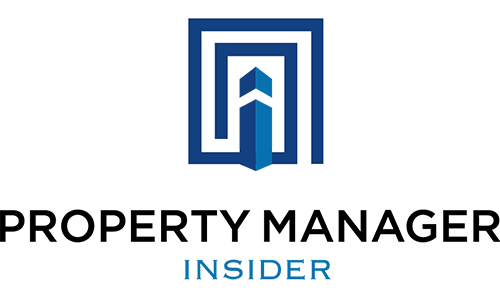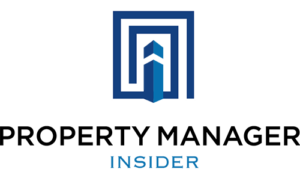Managing a commercial property comes with many challenges, including high maintenance costs. According to a recent study, regular preventive maintenance can reduce overall maintenance expenses by up to 30%.
This blog post will explore effective strategies to help property managers and contractors minimize maintenance costs while ensuring optimal building performance. Keep reading to discover practical tips and insights to boost your bottom line.
Key Takeaways
- Implementing preventive maintenance scheduling, training employees to identify issues early, utilizing CMMS software, and making efficient equipment purchases can reduce maintenance costs by up to 30% in commercial properties
- Hidden maintenance costs from inefficient energy usage, deferred maintenance, inadequate preventive maintenance, undetected water leaks, poor vendor management, and underutilized space can slowly drain profits if not addressed
- Focusing on reliability by investing in quality equipment, performing regular inspections, and using predictive maintenance technologies minimizes unexpected repairs, extends asset lifespans, and leads to significant long-term saving
Understanding Maintenance Costs in Commercial Properties
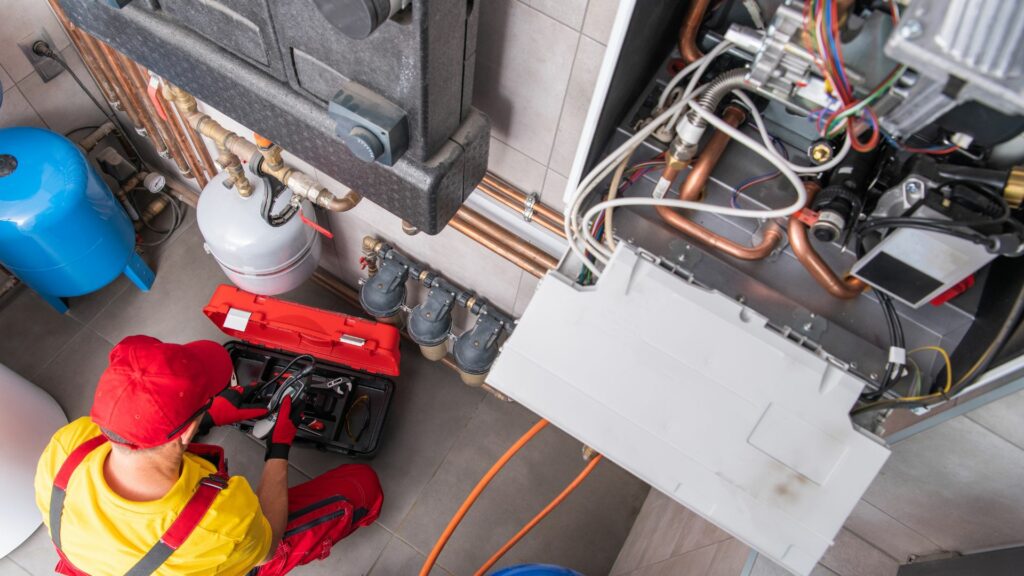
Understanding maintenance costs starts with tracking expenses. Property managers need to look at repair bills, parts costs, and labor hours.
Defining maintenance costs
Maintenance costs for commercial properties include expenses for repairs, upkeep, and asset replacements needed to keep the building and its systems functioning properly. These expenditures cover routine maintenance tasks like inspections, cleaning, and servicing of HVAC units, elevators, plumbing, electrical systems, and other equipment.
Maintenance costs also account for emergency repairs due to unexpected breakdowns or damage.
Property managers must track and analyze maintenance spending using tools like computerized maintenance management system (CMMS) software, spreadsheets, and analytics platforms. Monitoring key performance indicators (KPIs) such as cost per square foot, percentage of revenue, and maintenance backlog helps benchmark expenses against industry norms.
Optimizing the maintenance budget requires balancing preventive maintenance with cost-effective repairs and replacements.
Benchmarking maintenance costs
Benchmarking maintenance costs allows property managers to compare their expenses to industry standards. This helps identify areas for improvement and cost savings.
| Benchmarking Steps | Benefits |
|---|---|
| Collect maintenance cost data from your property | Gain a clear understanding of your current expenses |
| Research industry benchmarks for similar properties | Identify how your costs compare to industry standards |
| Analyze data to identify areas of high costs | Pinpoint opportunities for cost reduction and optimization |
| Use benchmarking insights to negotiate service contracts | Secure more favorable terms with vendors and service providers |
| Set realistic budget targets based on benchmarking data | Align your maintenance budget with industry norms |
| Track performance over time using benchmarking metrics | Monitor progress and continuously improve cost management |
Strategies for Reducing Maintenance Costs
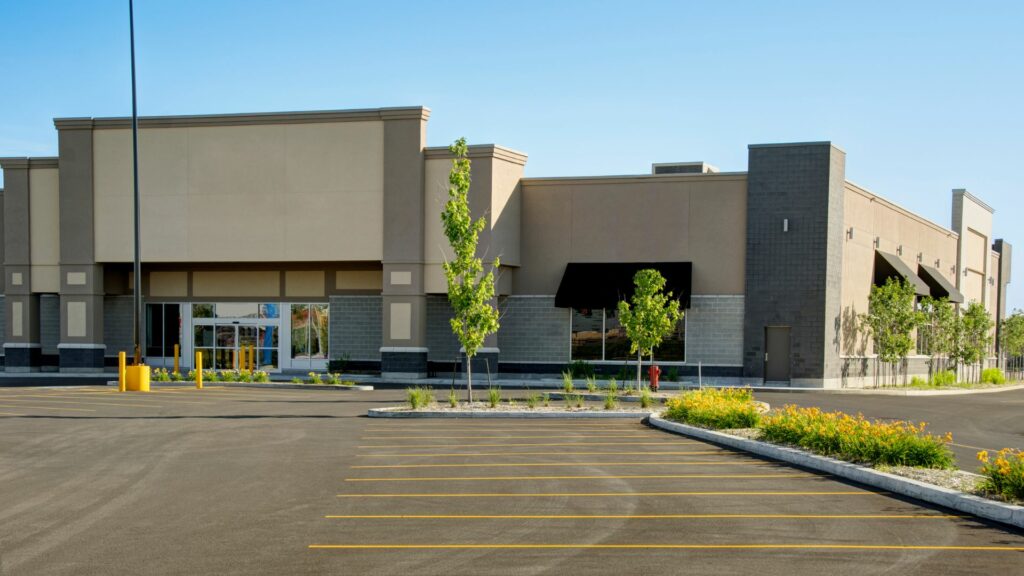
Implementing preventive maintenance scheduling and training employees to identify maintenance issues can significantly reduce maintenance costs in commercial properties. Utilizing CMMS software, efficient equipment purchasing, and focusing on reliability through condition-based maintenance and predictive maintenance can also lead to cost savings and improved productivity.
Implementing preventive maintenance scheduling
Preventive maintenance scheduling is a cost-effective strategy for commercial property managers. It involves creating a plan to regularly inspect, service, and maintain building systems and equipment before problems arise.
To establish an efficient preventive maintenance program, start by compiling a detailed inventory of all property assets, such as HVAC units, elevators, plumbing systems, electrical systems, and roofing. Assess the recommended maintenance frequency for each asset by referencing manufacturer guidelines, industry standards, and historical performance data.
Utilize a calendar or a computerized maintenance management system (CMMS) to schedule and monitor maintenance tasks systematically. Assign maintenance responsibilities to qualified in-house staff or engage reliable service providers for more specialized tasks. Regular inspections are crucial for early identification and resolution of potential issues. Maintaining accurate records of all maintenance activities, including the dates, costs, and details of repairs or replacements, is essential for tracking the effectiveness of your maintenance strategies.
Continually update and refine the maintenance schedule to ensure it remains effective and aligns with operational needs. Invest in the ongoing training of maintenance staff to enhance their skills and ensure high-quality workmanship. Incorporate condition-based monitoring techniques, such as vibration analysis or infrared thermography, to detect early signs of equipment failure. Regularly evaluate the impact of the preventive maintenance program, adjusting as necessary to optimize performance and cost-efficiency. This proactive approach not only extends the lifespan of assets but also minimizes the risk of unexpected breakdowns and associated expenses.
Training employees to identify maintenance issues
Empowering employees with the skills to spot maintenance problems early reduces costs for commercial properties. Investing in staff training helps catch issues before they become expensive headaches.
Here are some key strategies for training employees to identify maintenance issues:
- Develop a comprehensive training program that covers all aspects of maintenance, from basic inspections to more advanced diagnostic techniques. This could include classroom sessions, hands-on workshops, and online modules.
- Create checklists and visual aids that employees can use as reference guides when conducting inspections. These tools should highlight common problem areas and signs of wear and tear.
- Encourage employees to report any potential issues they notice during their daily work routines. Establish clear communication channels and procedures for submitting maintenance requests.
- Foster a culture of proactive maintenance by recognizing and rewarding employees who identify and report potential problems. This could include incentives, bonuses, or public acknowledgment.
- Partner with experienced technicians or outside experts to provide specialized training on complex systems like HVAC units, electrical networks, and plumbing infrastructure.
- Conduct regular refresher courses to keep employees up-to-date on the latest maintenance best practices and technologies. This ensures their skills remain sharp and relevant over time.
By equipping staff with the knowledge to recognize early warning signs, property managers can nip maintenance issues in the bud. This proactive approach ultimately saves time, money, and stress in the long run.
Lubricating regularly and maintaining equipment
After training employees to spot maintenance issues early, the next crucial step is implementing a regular lubrication schedule for all equipment. Proper lubrication reduces friction between moving parts, preventing excessive wear and tear.
It can significantly extend the life of expensive assets like HVAC systems, elevators, and industrial machinery, saving on costly repairs and replacements in the long run. Using the right lubricants, such as high-quality oils and greases, is essential for optimal performance and protection.
Regularly checking and replacing lubricants ensures equipment operates smoothly and efficiently, minimizing downtime and maximizing productivity.
Maintaining equipment goes beyond just lubrication. It also involves routinely inspecting, cleaning, and servicing all components according to manufacturer recommendations. This proactive approach catches minor issues before they escalate into major failures, reducing unexpected breakdowns and emergency repairs.
Utilizing CMMS software
Proper maintenance of equipment is essential for reducing costs in commercial properties. Computerized maintenance management system (CMMS) software streamlines these tasks. It helps schedule preventive maintenance, track equipment performance, and monitor inventory levels.
CMMS software provides valuable data for making smart choices about maintenance, replacements, and resources. The program identifies recurring issues and develops proactive strategies.
Integration with accounting and procurement software improves workflow, inventory, and financial planning. CMMS software reduces expenses, extends equipment life, and optimizes property operations.
Efficient equipment purchasing
Strategic equipment purchases significantly impact maintenance costs for commercial properties. Property managers and contractors should track equipment performance and costs using a computerized maintenance management system (CMMS).
A CMMS helps identify underperforming assets that need replacement. It’s best to invest in high-quality, energy-efficient equipment with lower life-cycle costs, even if they have higher upfront prices.
Standardizing equipment across properties also reduces spare parts inventory and training needs.
Leveraging the Internet of Things (IoT) and condition monitoring technologies provides real-time insights into equipment health. This data-driven approach enables just-in-time maintenance and optimized equipment replacement decisions.
Managers can track metrics like mean time between failures (MTBF) and overall equipment effectiveness (OEE) to prioritize capital investments. Collaborating with reliable vendors that offer competitive pricing and support also contributes to long-term cost savings.
The Importance of Hidden Maintenance Costs
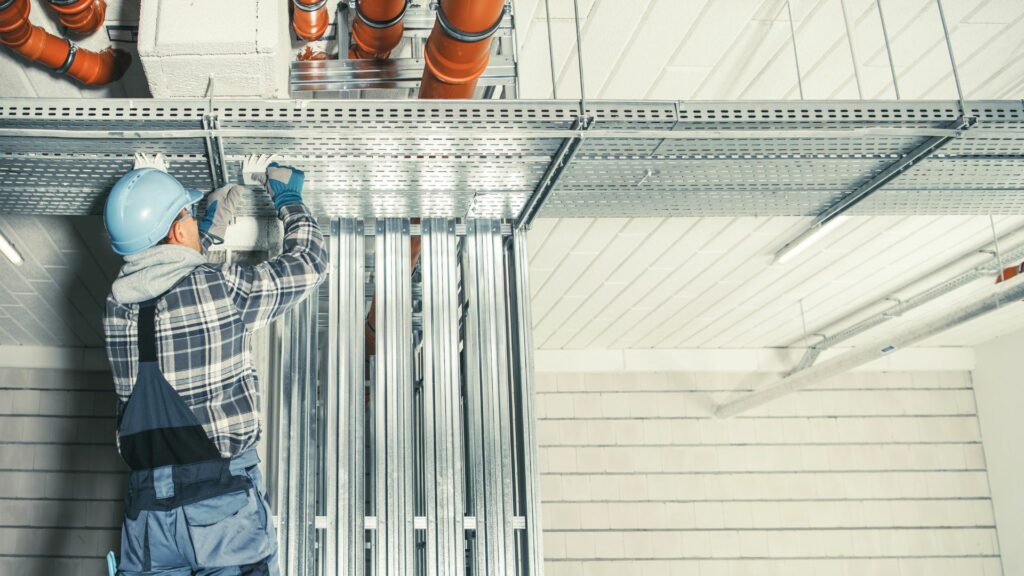
Hidden maintenance costs can slowly drain profits from a property. Managers must find and fix these costs to keep the property profitable.
Identifying and addressing hidden costs
Hidden costs lurk in commercial properties, often unnoticed by property managers. They gradually drain resources if not identified and addressed promptly.
Some common areas where hidden costs may arise include:
Energy Efficiency: Inefficient energy usage can stem from outdated HVAC systems, inadequate insulation, or leaky windows. Conducting an energy audit with tools like infrared cameras and energy monitoring software can help identify areas of energy waste, allowing for targeted improvements that reduce utility costs.
Maintenance of Critical Equipment: Deferred maintenance on essential systems such as elevators, boilers, and roofs can lead to expensive failures. Implementing regular inspections and proactive repairs, facilitated by Computerized Maintenance Management System (CMMS) software, can prevent these failures and extend the lifespan of these critical assets.
Preventive Maintenance: Inadequate preventive maintenance can cause premature wear and tear on equipment. Establishing detailed maintenance schedules and keeping thorough records helps in early detection of potential issues. Routine tasks like lubricating moving parts and replacing worn components can significantly reduce the likelihood of costly repairs.
Water Damage Prevention: Undetected water leaks and moisture intrusion can cause significant structural damage and lead to mold growth. Utilizing moisture meters and conducting regular inspections of the building envelope can help identify and address these issues before they escalate.
Vendor and Contractor Management: Poor management of vendors and contractors can result in overcharging and substandard work. Developing detailed contracts, engaging in competitive bidding, and tracking contractor performance can help maintain quality and cost control.
Space Optimization: Underutilized or improperly used spaces still incur operating costs without providing proportional value. Conducting space utilization studies and tenant surveys can inform decisions on layout optimization and potential sublease arrangements, maximizing revenue per square foot.
The cost of doing nothing
Neglecting maintenance issues in commercial properties can be costly. Delaying repairs often leads to more severe damage and expensive fixes later. For example, a small roof leak left unattended can cause extensive water damage, mold growth, and structural issues.
Regular inspections and prompt repairs save money in the long run by preventing minor problems from escalating into major ones.
Ignoring maintenance also hurts tenant satisfaction and retention. Tenants expect well-maintained buildings with functioning systems like HVAC, plumbing, and elevators. Frequent breakdowns and delays in repairs frustrate tenants and may prompt them to seek other options when their lease ends.
The Positive Impact of Focusing on Reliability
Focusing on reliability leads to reduced maintenance costs in the long run. It’s important to prioritize reliability in your maintenance strategies for maximum return on investment.
Achieving reliability leads to reduced maintenance costs
Focusing on reliability is a smart strategy for reducing maintenance costs in commercial properties. Investing in quality equipment, performing regular inspections, and utilizing predictive maintenance technologies can help identify potential issues before they cause costly breakdowns.
This proactive approach minimizes unexpected repairs and extends the lifespan of assets like HVAC systems, elevators, and plumbing, resulting in significant long-term savings.
Reliability also enhances the overall efficiency and performance of commercial buildings. Well-maintained properties with fewer disruptions attract and retain tenants, leading to stable occupancy rates and rental income.
The importance of prioritizing reliability in maintenance strategies
Prioritizing reliability in maintenance strategies can lead to significant cost savings for commercial properties. By investing in high-quality equipment, implementing preventive maintenance schedules, and training employees to identify potential issues early on, property managers can reduce the frequency and severity of breakdowns.
This proactive approach minimizes unexpected repairs, extends the lifespan of assets, and prevents costly downtime that can disrupt tenants’ operations.
Reliability-focused maintenance also fosters a culture of collaboration and effective communication within the maintenance team. When everyone is working towards the common goal of ensuring the property’s systems and equipment are functioning optimally, it becomes easier to identify and address hidden maintenance costs.
Conclusion
Implementing these strategies can significantly reduce maintenance costs in your commercial properties. Make preventive maintenance a priority and train your team to spot issues early.
Invest in efficient equipment and utilize software to streamline processes. Don’t forget about hidden costs and focus on reliability to see long-term savings. With a proactive approach, you can keep your properties running smoothly and your budget in check.
Find Reliable Contractors Using BidSource
Property managers can use BidSource to have our team find a contractor ready to assist with your property maintenance and upkeep. Share your job details using the form below and our team will be in touch with a qualified contractor!job
FAQs
1. What are some ways to reduce operations and maintenance costs for commercial properties?
Some strategies include automating processes, going paperless, using cloud-based apps and outsourcing certain tasks. This can help improve profit margins by lowering production costs.
2. How can automation help reduce maintenance expenses?
Automating tasks like tracking inventory in a spreadsheet program like Excel can save time and money. It reduces the risk of human error and the need for extra human resources.
3. What are the risks of trying to cut maintenance costs too much?
Cutting corners on maintenance can lead to bigger problems and expenses down the road, like a car engine breaking down without regular oil changes and pit stops. It’s important to find a balance.
4. Can outsourcing maintenance tasks to third-parties save money?
Yes, outsourcing non-core tasks like cleaning or landscaping can often be done at a lower cost than handling it in-house. Just be sure to factor in things like currency exchange rates if outsourcing internationally.
5. What role can technology play in reducing property maintenance costs?
Using smartphones and mobile apps can help streamline communication and workflows for maintenance teams. Cloud-based software can centralize important info like bills of materials and depreciation schedules.
6. Could reducing maintenance costs require laying off staff?
Automating some maintenance tasks could potentially reduce labor needs, but layoffs should be a last resort. Look to streamline and optimize processes first before cutting human resources which are valuable assets.

Aaron Hockel is a Partner and the VP of Digital Marketing at AltaVista Strategic Partners. A University of Maryland, Baltimore County (UMBC) alumnus, Aaron expertly crafts digital marketing strategies that drive success for clients, leveraging his deep industry knowledge and innovative approach.
